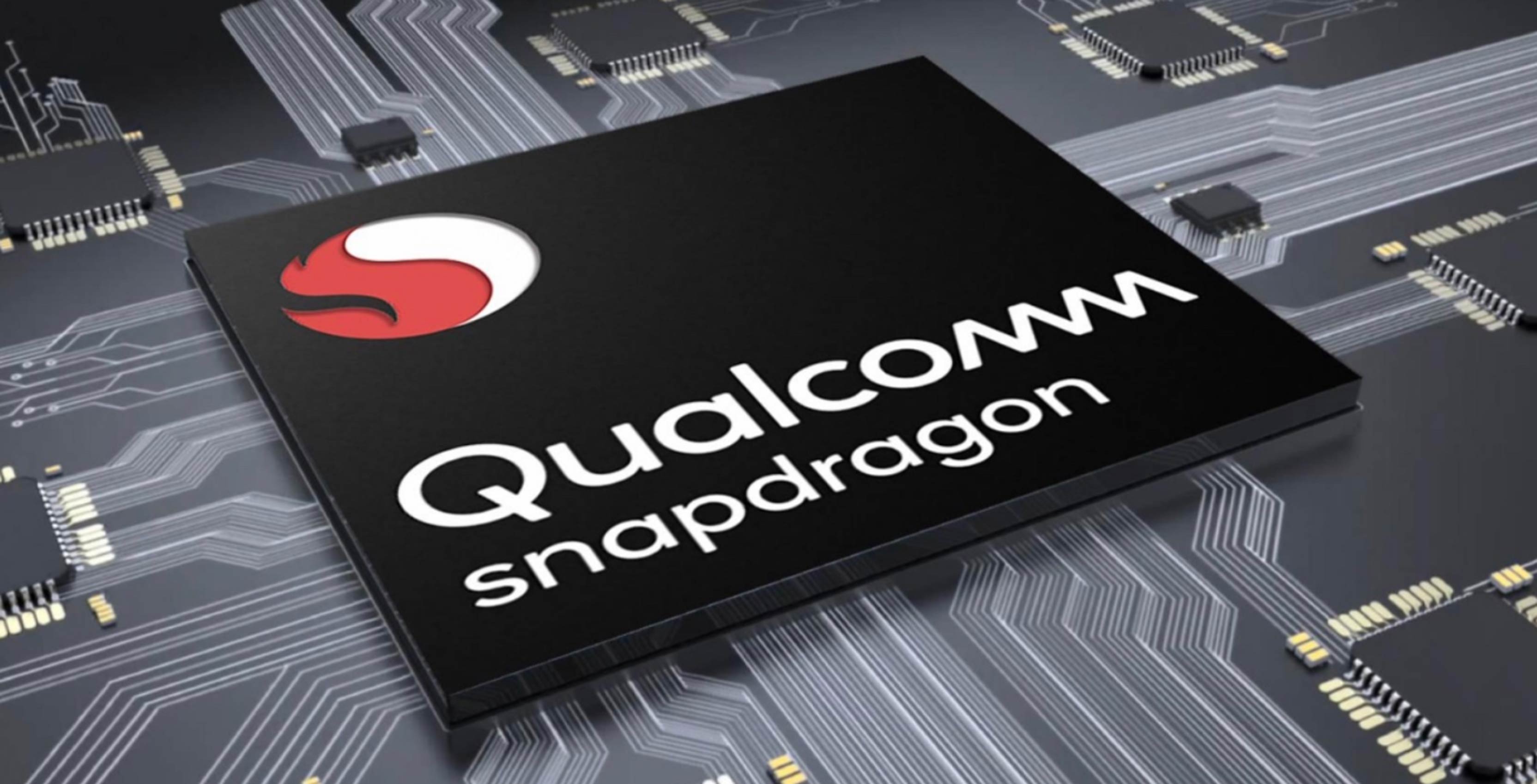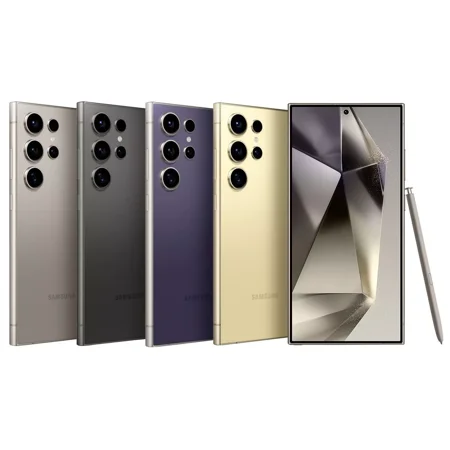Snapdragon 8 Gen 4 rumors have me worried for Samsung Galaxy S25 — here’s why
But there could be a reason to be hopeful about next year's flagship

Late last week, we heard a rumor that the Snapdragon 8 Gen 4 chipset — which is due to arrive later this year — may have a knock-on effect on the kind of batteries we see in 2025 flagships like the Samsung Galaxy S25. Specifically the chip is said to have much higher power requirements, which means the best Android phones may need to start increasing their battery capacities.
That's another way of saying that the standard 4,000 to 5,000 mAh batteries we see right now may not cut it. So far, there are reports of phones using “high-density battery core materials” to hit 5,500 mAh capacities, while others may be targeting the lofty 6,000mAh limit.
Obviously, I have some very mixed feelings about this news, because a chip that needs more power could be disastrous to a phone's battery life. But at the same time, I’m intrigued to see what might happen when phone makers are pushed to start adding larger capacity batteries to their phones.
Reduced power efficiency is bad thing
Over the past couple of years, we’ve seen huge leaps in energy efficiency on smartphones. Typically, any phone that wanted a place on our best phone battery life list needed to last 11.5 hours in our custom battery test. However after the past couple of years, the top 15 features phones that last well in excess of 13 hours — with the longest lasting phone coming close to 19 hours.
While phone makers put a lot of emphasis on things like screens and cameras, those things are rather pointless if your phone has run out of power. Ultra-fast charging can certainly help, but it’s much easier if your phone never needs recharging during the day in the first place.
Power efficiency has been a big part of making that happen, especially when phone makers have been hesitant to increase the size of their batteries. The less power a phone uses, the longer the battery will last during use.
Just take Samsung’s flagship Galaxy S series as an example. The Galaxy S22, with a 3,700 mAh battery, had a pathetically low battery life of 7 hours and 52 minutes in our testing. The following year the 3,900 mAh Galaxy S23 bumped that up to 10 hours 27 minutes, while the 4,000 mAh Galaxy S24 hit a stellar 13 hours and 28 minutes.
I should note that while battery size did increase, it only increased by 8%. Meanwhile battery life improved by around 68%, proving that other factors like better chip efficiency were at work. So the last thing we want is for the Samsung Galaxy S25's battery life to fall back by a few hours due to the new chipset's power needs.
Additionally, compare the Galaxy S24 to the Google Pixel 8, which uses a Tensor G3 chipset instead of the latest Qualcomm Snapdragon silicon. The Pixel lasted 9 hours and 50 minutes, with a 4,575 mAh battery inside. There are doubtless a multitude of factors causing that battery life disparity, because Google phones have always been wanting in the battery department. But it shows that changes in hardware can affect the battery life in strange new ways.
The iPhone 12’s 5G modem, which was notorious for its power draw is another example of that. Just 8 hours and 25 minutes with 5G switched on, or 10 hours 23 minutes on 4G LTE. Meanwhile the iPhone 11 lasted 11 hours and 16 minutes in the same battery testing.
While we won’t know what kind of impact the Snapdragon 8 Gen 4 will have on efficiency until we get to test that unreleased phone ourselves, things aren’t looking too good. In fact, word is that Qualcomm may be swapping out its 2 efficiency cores for more performance cores — and upping the clock speed to 3.3 GHz to 4GHz.
It’s expected that the chip will use a more efficienct 3nm process, but that doesn’t change the fact performance cores and high clock speeds are going to require more power to operate. Not to mention the fact the chipset will likely produce more heat, which is detrimental in itself.
Working around those power requirements has potential
If you were a flagship phone maker and your users had grown accustomed to longer and better battery life over the past few years, the last thing you’d want is to destroy all that goodwill and see your battery life ratings tank — especially if it’s because of something a different company did with its hardware, rather than some mistake you made yourself.
So while the power draw of the Snapdragon 8 Gen 4 sounds like a bad thing, it could be a blessing in disguise — assuming phone companies actually put the effort into counteracting it.
The easiest way to balance the increased power consumption is to increase the size of the batteries accordingly. But this also has a balancing act of actually making room for those larger batteries without turning a premium flagship phone into one that looks like it was made by Energizer. Some phone companies also give the impression that interior space is already at a premium — that was apparently the reason why OnePlus scrapped the alert soldier on the OnePlus 10T.
But the initial report about the Gen 4 chip’s power draw did mention the use of “high-density battery core materials” suggesting that phone companies are in the process of developing denser batteries that pack more power capacity into a smaller space. In fact we’ve already heard rumors about so-called “stacked batteries” that would do just this.
The problem is that businesses often need a push to invest in new technologies, rather than sticking with what they know works, whether that push is from competition or other factors. Having to account for the increased power consumption in the latest flagship chip could be exactly what phone companies need to invest more heavily in new kinds of battery technology.
It’s also worth mentioning that denser batteries also tend to produce more heat, on account of everything being packed much closer together. Combined with the extra heat produced by the Snapdragon 8 Gen 4’s higher performance, it would also require better and more advanced phone cooling systems, especially after reports that the likes of the iPhone 15 Pro Max and Galaxy S24 Ultra have been overheating.
Bottom line
The prospect of hearing that the next Snapdragon 8 Gen chipset may increase power consumption isn’t great. Phones have made a huge leap in terms of efficiency and battery life the past couple of years, so the possibility of losing that is scary. The longer your phone battery lasts, the better it is for you — and your stress levels. But at the same time this may also push phone companies to counteract the losses by finding ways to retain those efficiency gains.
Progress in batteries and cooling doesn’t go anywhere. While future chips may be able to lower their power requirements, those other advancements will still be around — and that can only be a much better deal in the long term.
Of course, all this depends on the phone companies making the investment to support those hypothetical advances. Let’s just hope that they don’t drop the ball.
More from Tom's Guide
- iPhone 16 AI features: All the biggest rumors so far
- I write about AI for a living — 5 new features I want to see on the next iPad
- I just spent my first day with the Rabbit R1 — here’s what this AI gadget can do
Sign up to get the BEST of Tom's Guide direct to your inbox.
Get instant access to breaking news, the hottest reviews, great deals and helpful tips.

Tom is the Tom's Guide's UK Phones Editor, tackling the latest smartphone news and vocally expressing his opinions about upcoming features or changes. It's long way from his days as editor of Gizmodo UK, when pretty much everything was on the table. He’s usually found trying to squeeze another giant Lego set onto the shelf, draining very large cups of coffee, or complaining about how terrible his Smart TV is.










